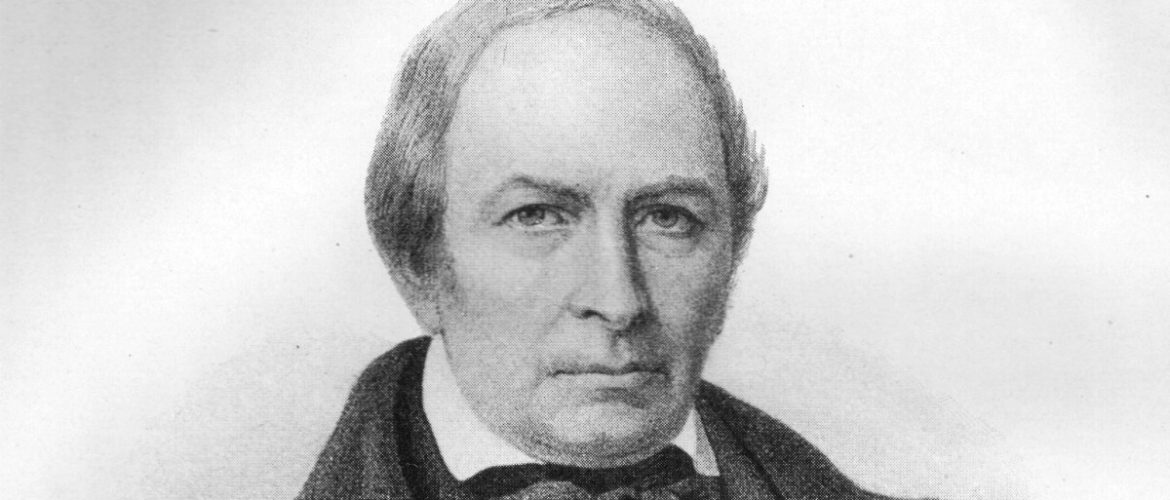1783-1847.
Historian, philosopher, author and composer.
Erik Gustaf Geijer, one of Uppsala's greatest cultural personalities of all time, was born in Ransäter in Värmland and came to Uppsala as a student in 1799. As an informant, he spent 1809-1810 in England where he carefully observed social and cultural life.
Geijer's understanding of the intellectuals' criticism increased during a trip to Germany in 1825, and he began to take a more realistic approach to the fantasies of Romanticism. He expressed this in Minnen (1834).
Geijer realized the importance of the middle class in society and the legitimacy of its demands for freedom, and as a result of the changed social analysis there was a political reorientation away from conservatism. He announced this 'apostasy' in 1838.
Geijer's ability to see and formulate the essential contexts of his time made him a strong voice in opinion-forming. Among his most significant works are Svea Rikes hävder (1825), which depicts Sweden's oldest history, and History of the Swedish People (1832-1836).
Geijer was a brilliant lecturer, a profound scholar and one of the leaders of the literary circles in Uppsala in the 1830s. He was also at the center of musical life, composing songs, piano sonatas, string quartets and other instrumental music.
Erik Gustaf Geijer was a professor of history from 1817 to 1847 and became a member of the Swedish Academy in 1824. He lived at Svartbäcksgatan 17 and then moved to Övre Slottsgatan 2. In 1846 Geijer moved to Stockholm.
The following is taken from the poem "Natthimmelen" from Samlade skrifter, Band 1-13 1849-1855.
Alone I progress on my path,
longer and longer the road stretches;
Alas, my goal is hidden in the distance.
Daylight is fading. Space becomes nocturnal.
Soon only the eternal stars I see.But I do not complain about the day,
I am not dismayed by the coming night;
for of the love that goes through the world,
a streak also fell into my soul.
Burial site: 0104-0248
Image description: Erik Gustaf Geijer, lithograph from the 1840s. Photo: Wikimedia Commons. [The image is cropped]
Click here for an uncropped image

